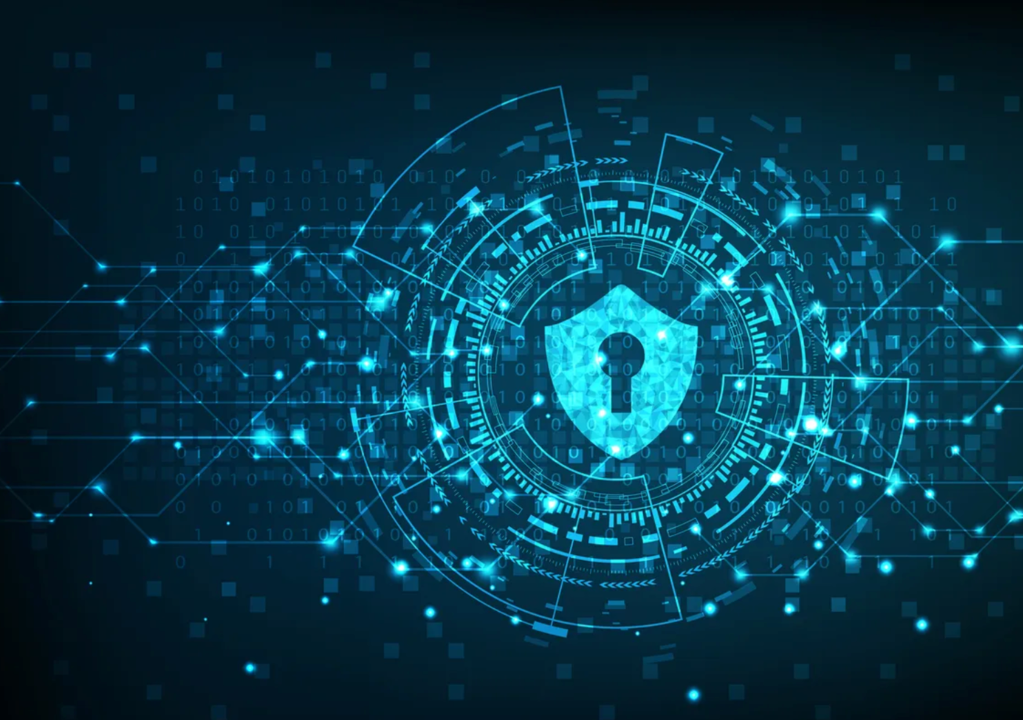
The Intersection of Blockchain and Cybersecurity: Strengthening Data Integrity
Share
Blockchain technology and cybersecurity are increasingly intersecting, offering innovative solutions to strengthen data integrity and enhance security. While blockchain is renowned for its decentralized ledger and immutability, cybersecurity focuses on protecting systems and data from unauthorized access and attacks. This article explores how the convergence of blockchain and cybersecurity can address key challenges in data protection and ensure robust data integrity.
Understanding Blockchain Technology
Blockchain is a decentralized digital ledger technology that records transactions across multiple computers in a way that ensures the security, transparency, and immutability of data. Key features include:
- Decentralization: Blockchain operates on a distributed network of nodes, eliminating the need for a central authority and reducing the risk of single points of failure.
- Immutability: Once data is recorded in a blockchain, it cannot be altered or deleted without altering all subsequent blocks, which makes tampering with data extremely difficult.
- Transparency: Blockchain transactions are visible to all participants in the network, promoting transparency and accountability.
- Consensus Mechanisms: Blockchain employs various consensus mechanisms, such as Proof of Work (PoW) or Proof of Stake (PoS), to validate and agree on transactions before they are added to the ledger.
The Role of Cybersecurity in Data Protection
Cybersecurity encompasses strategies, technologies, and practices designed to protect systems, networks, and data from cyber threats. Key aspects include:
- Data Encryption: Encrypting data ensures that it is accessible only to authorized users and protects it from unauthorized access and breaches.
- Access Control: Implementing robust access control measures limits access to sensitive information based on user roles and permissions.
- Intrusion Detection Systems (IDS): IDS monitors networks for suspicious activities and potential threats, providing alerts and enabling quick responses to security incidents.
- Regular Security Audits: Conducting security audits helps identify vulnerabilities and ensure that security measures are effective and up-to-date.
How Blockchain Enhances Cybersecurity
Blockchain technology complements cybersecurity practices by offering unique features that enhance data protection and integrity:
- Immutable Record Keeping: Blockchain's immutability ensures that once data is recorded, it cannot be altered or deleted. This feature helps prevent tampering, fraud, and unauthorized changes to critical information.
- Enhanced Data Integrity: Blockchain's decentralized nature means that data is stored across multiple nodes, reducing the risk of data loss or corruption due to a single point of failure. Each transaction is verified by multiple participants, ensuring data accuracy and consistency.
- Improved Authentication and Authorization: Blockchain can enhance authentication processes by providing a secure and decentralized method for verifying identities and credentials. This reduces the risk of identity theft and unauthorized access.
- Secure Data Sharing: Blockchain enables secure and transparent data sharing among parties without relying on intermediaries. Smart contracts and cryptographic techniques ensure that data exchanges are conducted securely and according to predefined rules.
- Audit Trails: Blockchain's transparent ledger provides a comprehensive audit trail of all transactions. This transparency allows organizations to track data changes and verify compliance with regulatory requirements.
Real-World Applications and Use Cases
Blockchain and cybersecurity intersect in various real-world applications and use cases:
- Supply Chain Management: Blockchain enhances supply chain security by providing an immutable record of transactions, tracking the provenance of goods, and preventing counterfeit products.
- Financial Services: In the financial sector, blockchain provides secure and transparent transaction processing, reduces fraud, and improves compliance with anti-money laundering (AML) and know-your-customer (KYC) regulations.
- Healthcare: Blockchain can secure electronic health records (EHRs), ensuring patient data privacy and integrity while allowing authorized access for medical professionals.
- Digital Identity Management: Blockchain-based identity systems offer secure and decentralized solutions for managing digital identities, reducing identity theft, and improving user control over personal data.
- Voting Systems: Blockchain can enhance election security by providing a transparent and tamper-proof record of votes, ensuring election integrity and reducing the risk of voter fraud.
Challenges and Considerations
While the intersection of blockchain and cybersecurity offers significant benefits, there are challenges to consider:
- Scalability: Blockchain networks can face scalability issues as the number of transactions increases. Ensuring that blockchain solutions can handle high transaction volumes without compromising performance is a critical consideration.
- Integration with Existing Systems: Integrating blockchain technology with existing cybersecurity systems and infrastructure can be complex. Ensuring compatibility and interoperability is essential for successful implementation.
- Regulatory and Compliance Issues: Blockchain technology must adhere to regulatory requirements and data protection laws. Navigating legal and compliance issues is crucial for ensuring the ethical use of blockchain in cybersecurity.
- Privacy Concerns: While blockchain provides transparency, it can also raise privacy concerns. Balancing transparency with the need for privacy and confidentiality is an important consideration in blockchain-based solutions.
Future Directions
The future of blockchain and cybersecurity will likely involve further advancements and innovations:
- Hybrid Solutions: Combining blockchain with other emerging technologies, such as artificial intelligence (AI) and the Internet of Things (IoT), will enhance cybersecurity capabilities and provide more comprehensive solutions.
- Increased Adoption: As organizations recognize the benefits of blockchain for cybersecurity, its adoption is expected to grow across various industries, leading to new use cases and applications.
- Enhanced Privacy Features: Development of privacy-enhancing technologies and cryptographic techniques will address privacy concerns and improve the confidentiality of blockchain-based solutions.
- Regulatory Frameworks: Establishing clear regulatory frameworks and standards for blockchain technology will facilitate its integration into existing systems and ensure compliance with legal requirements.
Conclusion
The intersection of blockchain and cybersecurity presents a powerful synergy for enhancing data integrity and protecting against cyber threats. By leveraging blockchain's immutable ledger and decentralized nature, organizations can strengthen their cybersecurity measures, improve data protection, and ensure transparency. While challenges remain, ongoing advancements and innovations in blockchain and cybersecurity will drive continued progress and offer new opportunities for securing digital assets and information.
